Molecular Mechanism how Novel Biochar-based NanomaterialsEfficiently and Simultaneously Inhibit and Control Arsenic and Cadmium Uptake by Rice( Oryza sativa L . )
Recently, the Agricultural Clean Watershed Innovation Team from the Institute of Environment and Sustainable Development in Agriculture, CAAS, developed a novel biochar-based nanomaterial, which can efficiently and simultaneously inhibit arsenic (As) and cadmium (Cd) uptake by rice ( Oryza sativa L .) to ensure its safe production in paddy fields co-contaminated by As and Cd. The related research findings have been published in Chemical Engineering Journal .
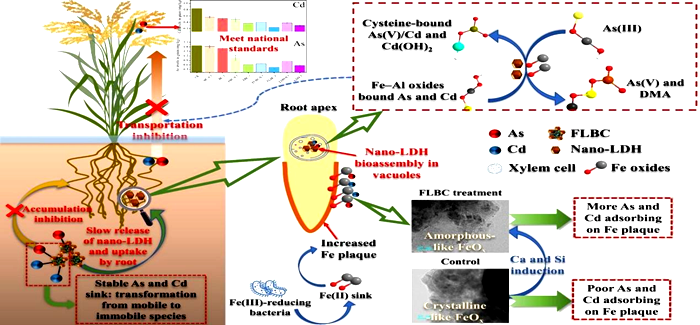
Based on the previous research, the team developed a novel functional composite of biochar-supported nanoscale iron-(oxyhydr)oxide and layered double hydroxide (LDH). Through techniques such as biological simulation experiments and X-ray absorption near edge structure (XANES) spectrum, the team revealed the molecular mechanism of the material involving subcellular-scale distribution of As and Cd , iron-plaque regulation, and the effect of cell ultrastructure in roots. The study found that applying this material to arsenic and cadmium co-contaminated soils significantly promoted rice ( Oryza sativa L .) growth, increasing yield by up to 88%. It also reduced arsenic and cadmium content in brown rice by more than 70%.
The application of the new biochar-based nanomaterial has enhanced iron-plaque content on rice root surfaces, driving the conversion of crystalline-like FeOx to an amorphous state on iron-plaque. Moreover, the study found for the first time the bioassembly of nanoscale LDH with xylem cells in the root apex. This process leads to the formation of more stable complexes of As(V)/Cd and Cd(OH)2 with cysteine in vacuoles and cytoplasm through hydroxyl ion bonding, preventing the migration of As and Cd along with interstitial fluid to the above-ground parts of the plant.
This study not only provides a fresh perspective on the effects of nanotechnology application to the rice system on the accumulation, transportation and transformation of As and Cd, but also presents significant scientific value and guidance for safe rice production in paddy fields co-contaminated by As and Cd.
This work was financed by the National Natural Science Foundation of China and the National Key R&D Program of China.
Linkage: https://doi.org/10.1016/j.cej.2024.152847
-
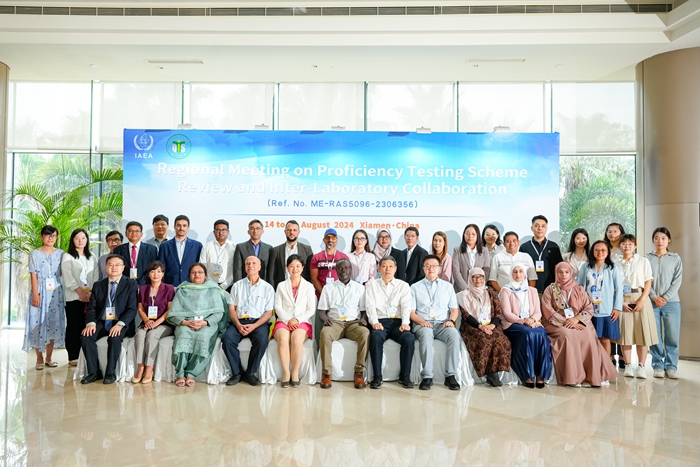 Sep 06, 2024IAEA Regional Meeting on Proficiency Testing Scheme Review and Inter-Laboratory Collaboration
Sep 06, 2024IAEA Regional Meeting on Proficiency Testing Scheme Review and Inter-Laboratory Collaboration -
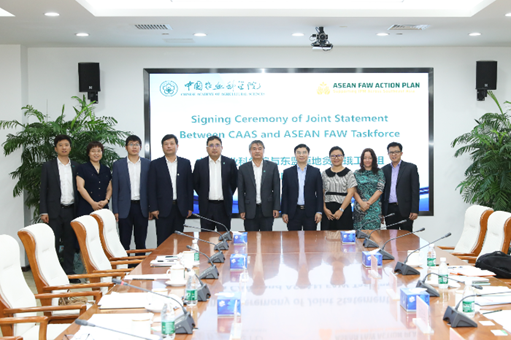 Aug 28, 2024CAAS President Meets Chairman of ASEAN FAW Taskforce
Aug 28, 2024CAAS President Meets Chairman of ASEAN FAW Taskforce -
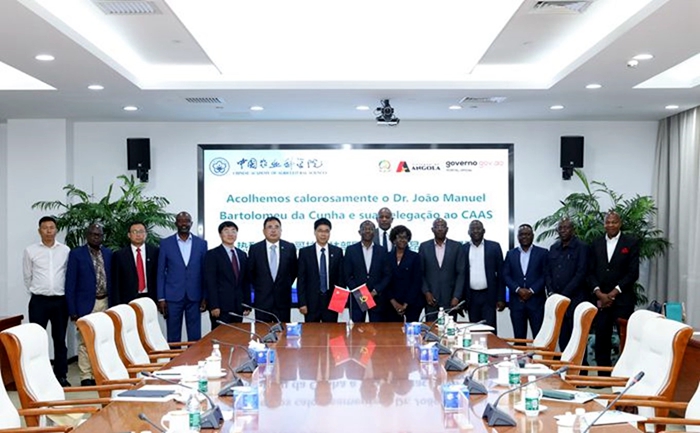 Aug 28, 2024CAAS Leadership Meets Angola Secretary of State for Forests
Aug 28, 2024CAAS Leadership Meets Angola Secretary of State for Forests -
 Aug 28, 2024CAAS Promotes Agricultural S&T Cooperation with Southeast European Countries
Aug 28, 2024CAAS Promotes Agricultural S&T Cooperation with Southeast European Countries -
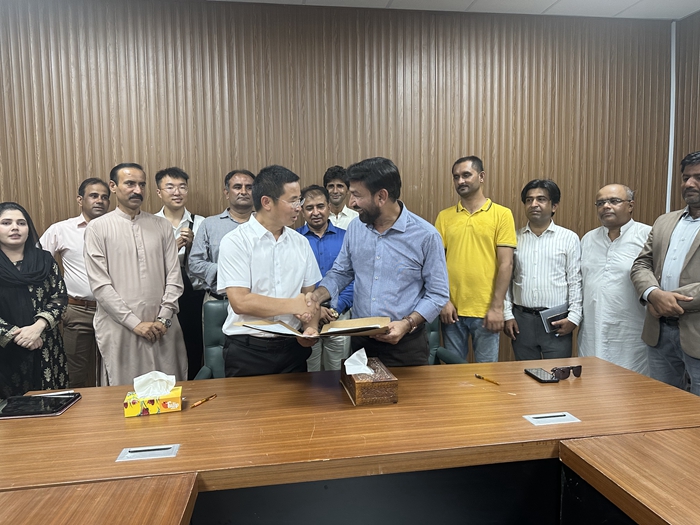 Aug 28, 2024Chinese Experts Visit Pakistan to Promote "Modern Fruit Industry Poverty Alleviation Demonstration Orchard Construction in South Asia"
Aug 28, 2024Chinese Experts Visit Pakistan to Promote "Modern Fruit Industry Poverty Alleviation Demonstration Orchard Construction in South Asia"
